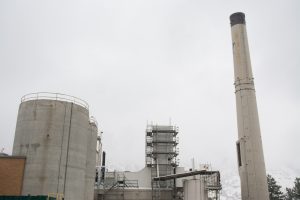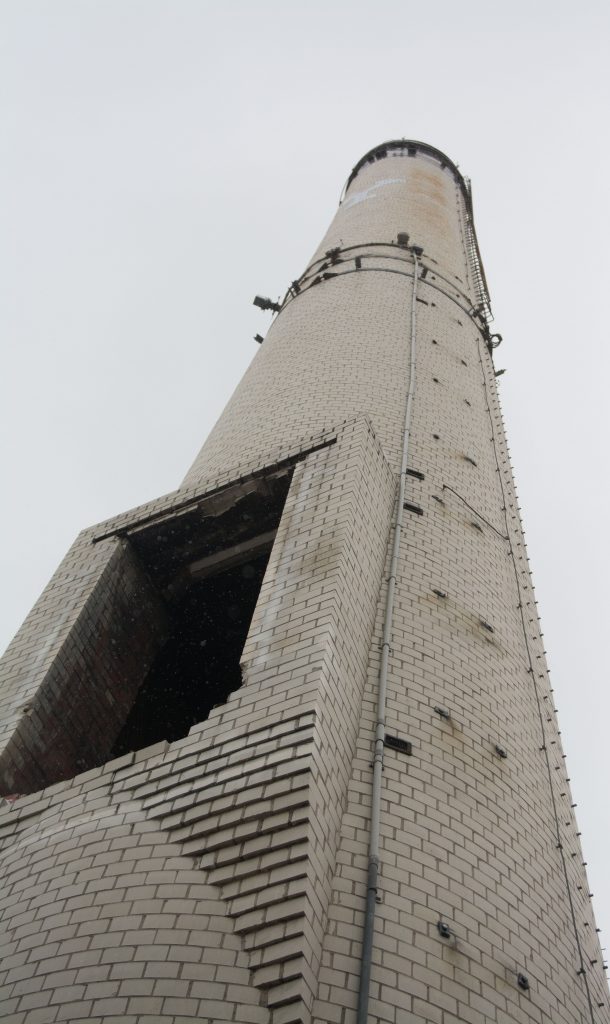
BYU won’t be getting coal for Christmas this year. The university announced Monday, Dec. 5, it is switching from heating campus buildings with coal to natural gas. BYU will also begin tearing down its smokestack this week.
The smokestack and other parts of the Central Heating Plant will be torn down to construct a new Cogeneration Facility. The addition is expected to be completed by summer 2018.
Todd Hollingshead, media relations manager for University Communications, said the new facility will eliminate coal boilers and replace them with a natural-gas-powered turbine. There will also be two gas-fired boilers for backup. Hollingshead said this allows the university to meet emission standards “while providing heating and cooling systems to campus.”

BYU has used coal for most of its history but hasn’t burned it since Nov. 2, eliminating the need for the smokestack. Once completed, the Cogeneration Facility will fill 30 to 50 percent of BYU’s electrical needs.
Jennifer Holmes, a junior studying elementary education, was surprised to hear that BYU used coal through November 2016.
“When I’ve heard about coal heating, it is always in reference to older schools that aren’t up to speed with technology,” she said. “But BYU is great, and I’m really glad they are making the change to newer energy sources.”
The university is always looking for new ways to make the BYU campus more environmentally friendly, Hollingshead said, and the switch is a great push in that direction.
“We’re pleased that the new Cogeneration Facility will continue those (environmental) efforts as it is considered a green source of power and will reduce our emissions significantly,” Hollingshead said in an email.




